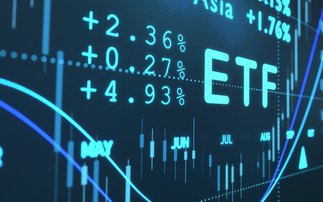A year since the collapse of Lehman Brothers, the anniversary of the bank's demise has resurrected concerns over counterparty risk. Investors still eye derivative-based products and other seemingly complex investments with much suspicion and have become aware of issuer and counterparty risk.
In contrast, ETFs continued to be hailed as simple and transparent vehicles, providing flexibility to move in and out of markets during the day, which proved especially useful through the crisis. Some providers have warned synthetically replicated ETFs entail an element of counterparty risk through the swap exposure, though this is limited to a maximum of 10% under Ucits regulation and most providers reset this swap exposure well below the limit. However, a debate at the ETF and Indexing Conference in London revealed a degree of confusion in relation to traditionally replicated or ...
To continue reading this article...
Join Professional Adviser for free
- Unlimited access to real-time news, industry insights and market intelligence
- Stay ahead of the curve with spotlights on emerging trends and technologies
- Receive breaking news stories straight to your inbox in the daily newsletters
- Make smart business decisions with the latest developments in regulation, investing retirement and protection
- Members-only access to the editor’s weekly Friday commentary
- Be the first to hear about our events and awards programmes





